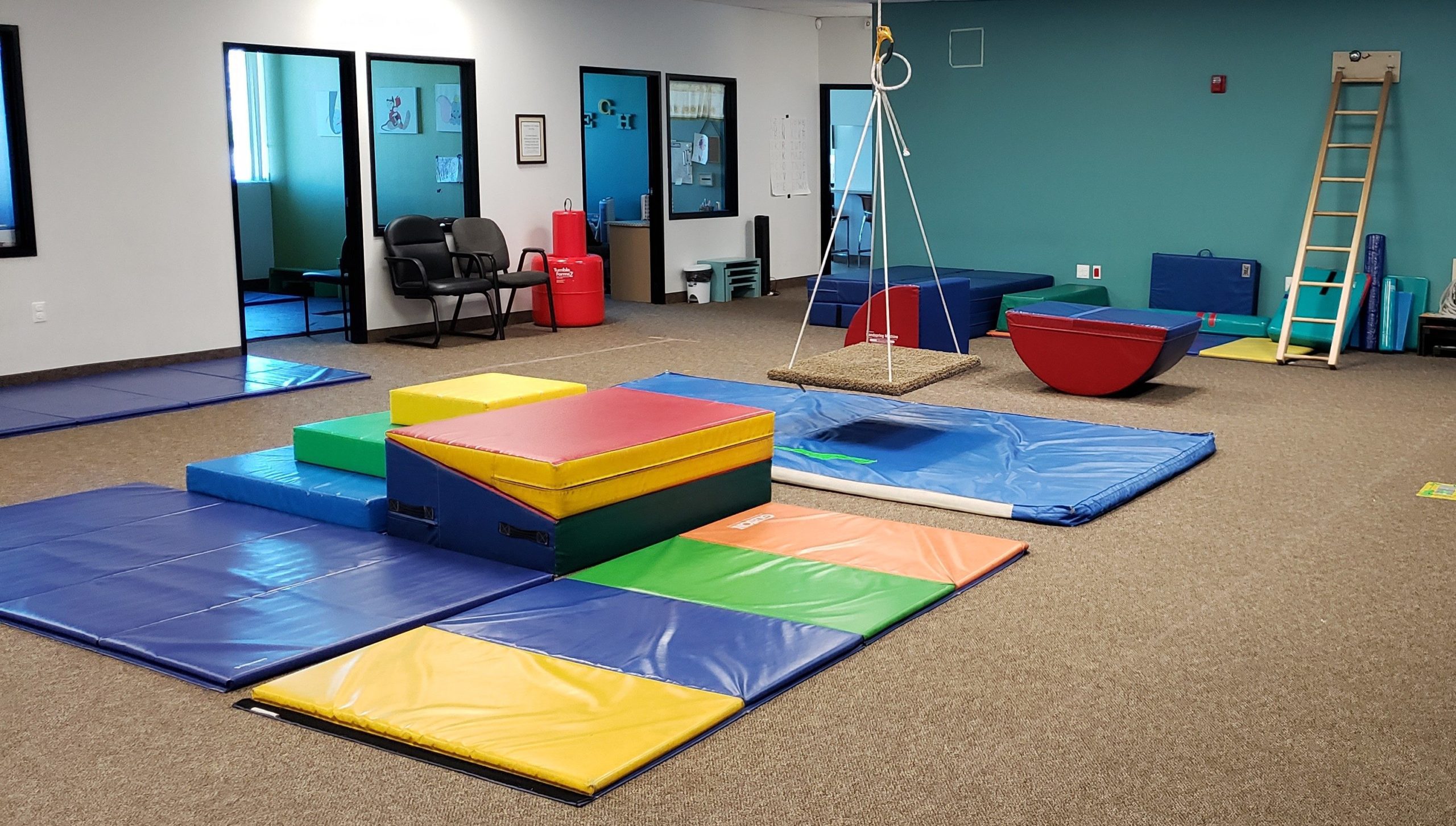At Kids Place, our pediatric occupational therapists are dedicated to helping children develop the skills needed for everyday tasks. Whether it’s at home, school, or in the community, we aim to enhance each child’s ability to participate fully and independently.
What is Pediatric Occupational Therapy?
Pediatric occupational therapy focuses on helping children gain independence in their daily activities, improve fine motor skills, and develop sensory processing abilities. Our therapists work with children to overcome challenges related to:
- Self-Care: Dressing, feeding, grooming, and toileting.
- School Performance: Handwriting, using scissors, and classroom behavior.
- Play: Strengthening social skills, motor planning, and creativity.
- Sensory Processing: Helping children respond appropriately to sensory input such as touch, sound, and movement.
Who Can Benefit from Pediatric Occupational Therapy?
Our pediatric occupational therapy services are designed to support children with a variety of needs, including:
- Developmental Delays: Assisting children who may not be reaching expected developmental milestones.
- Sensory Processing Disorders: Helping children who have difficulty responding to sensory information in a typical way.
- Autism Spectrum Disorder: Supporting children in developing social skills, daily routines, and coping strategies.
- Learning Disabilities: Enhancing the ability to perform school-related tasks.
- Physical Disabilities: Improving the ability to perform everyday tasks through adaptive techniques and tools.
What to Expect During Occupational Therapy Sessions
Our occupational therapists begin by evaluating your child’s specific needs through observation and standardized assessments. Based on this evaluation, a personalized treatment plan is developed, which may include:
- Therapeutic Activities: Engaging exercises designed to improve fine motor skills, hand-eye coordination, and strength.
- Sensory Integration Techniques: Activities that help your child process and respond to sensory input more effectively.
- Adaptive Equipment: Recommendations for tools and devices that can help your child perform tasks more easily.
- Parent and Caregiver Training: Education and strategies to support your child’s progress at home.
Keywords to Know:
Activities of Daily Living (ADLs)
This is the primary focus of occupational therapists. We aim to help our clients become as independent as possible in areas of self-care including playing, dressing, bathing, grooming, eating, brushing teeth and cooking, to name a few. With children, we are often teaching these skills for the first time. Mastering these skills will take a lot of practice, time and patience as well as mastery of many of the foundational skills listed below.
Fine motor skills
Fine motor skills refer to the coordinated use of your hands and fingers for functional tasks. Some tasks requiring strong fine motor skills are buttoning, zipping, writing, opening a carton of milk, brushing your teeth, and tying your shoes.
Visual motor skills
Visual motor skills involve integration of the visual system with motor movements. These skills are important for independence especially as a child reaches school age. It is crucial for reading, writing, and eye-hand coordination. If the visual system is impaired, balance, coordination, motor skills, learning and self-care are among the areas that could be affected.
Sensory processing
Sensory processing refers to a person’s ability to take information from the environment using their seven senses (sight, sound, taste, touch, smell, movement, and position) and interpret that information to make sense of the world. When any part of this system functions in an atypical way, the person struggles to make sense of their world, which can be a scary experience. Occupational therapy can work to improve sensory processing in our kids and improve their ability to participate fully in life.
Reflexes
Primitive reflexes are automatic actions that are seen during infancy in response to stimuli. As a child transitions through developmental movement patterns these reflexes are integrated. If our reflexes are not integrated it can affect our overall movement patterns and development. Occupational therapy can work to integrate reflexes and improve functional skills.
Ideas to Promote Skill Development in Pediatric Occupational Therapy
Fine Motor/Grasping
- Playing with resistive toys for hand strengthening (tweezers, tongs, play dough, Legos, sand)
- Stringing beads (smaller beads for older kids) or using lacing cards
- Work on thumbs-up grasp on scissors
- Opening containers
- Work on fasteners (buttons, zippers, snaps) on own clothes, dress-up clothes, or dolls
- Coloring with small or broken crayons
- Work on writing or painting at vertical/inclined surfaces to help with grasp
- Craft projects (stickers, folding paper, cutting, gluing)
- Animal walks, crawling, monkey bars to help strengthen shoulders and arms, and help with prewriting skills (proximal strength = distal stability)
Visual Motor Skills
- Playing with puzzles
- Building with blocks (building towers or copying block structures)
- Prewriting skills – circles, squares, cross, tracing letters
- Mazes and connect-the-dots
- Play with marble toys, or ball activities (tossing and catching balls, etc.)
Sensory/Social/Emotional Regulation Skills
- Practice turn-taking games
- Introduce new textures during art or sensory play (sand, shaving cream, finger paint)
- Allow movement breaks between seated activities
Signs Your Child May Need Occupational Therapy
Consider talking to your doctor about an occupational therapy evaluation when a child consistently demonstrates 3 or more of these items:
| Age Range | Red Flag Warning Signs |
|---|
| 6 Months – 1 Year |
|
| 1 – 2 Years |
|
| 2 – 3 Years |
|
| 3 – 4 Years |
|
| 4 – 5 Years |
|
| 5 Years and Up |
|
At Kids Place, we are committed to helping each child reach their fullest potential through personalized and compassionate care.







